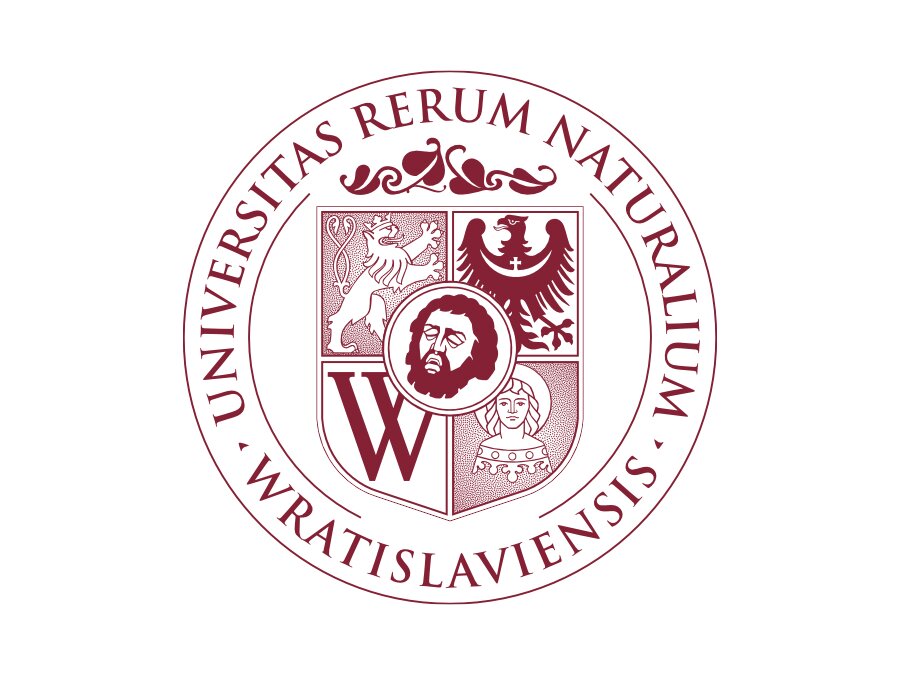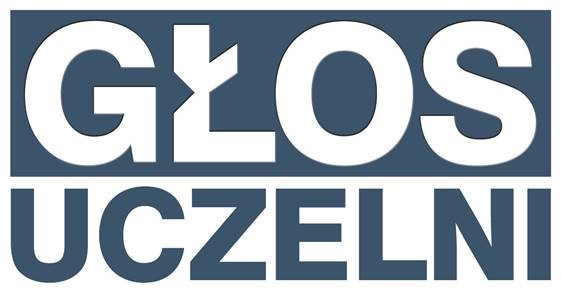
Water absorbing geocomposities - innovative technologies
Can we say that business and science are a well suited couple? Yes, and our example proves this. Water absorbing geocomposites were developed by a team of scientists from the Wrocław University of Environmental and Life Sciences and are now available for sale. This is a pioneer example (on a national scale) when the results of a scientific project under the Innovative Economy Operational Programme were commercialized. The project was coordinated by Krzysztof Lejcuś, who agreed to (...)
A success which absorbs
Magdalena Kozinska: Could you tell us what are geocomposites exactly?
Krzysztof Lejcus: Plainly speaking, geocomposites are materials that allow us to hold water within the soil. Thanks to this technology water is retained in the soil in the form of gel. The source this water comes from does not matter – it may be rain, irrigation system or traditional watering can. What is most important is that the plants – especially in cases when faced with water scarcity – are free to use water supplies provided in geocomposite particles. What is more – systematic watering of geocomposite particles that sit in the soil enhances plant growth.
MK: What is so special about the gel you invented?
KL: In terms of chemical composition, it is very much resembles the gel that is utilized in disposable diapers. That is, a water absorbing polymer. 1 gram of this miraculous material has the capacity to absorb 300 grams of water. If we place 1 gram of geocomposite material in a glass and fill it up with water, this glass of water turns into a glass of gel. When this water containing gel is placed underground, it is practically resistant to evaporation, so the losses of water are minimal.
MK: What plants can we use this for?
KL: Actually, it is suitable for cultivating all types of plants which are subject to water deficiencies. Potted plants and plants grown in gardens and parks, but also for ornamental plants cultivated in nurseries and fruit plants like raspberries, strawberries, blackberries or blueberries. This year we are going to test our technology on grapevines. Geocomposites can also serve as a useful tool for the infrastructure construction industry. To be honest, an initial inspiration for this technology came from engineering. For example, earth structures of road and motorway slopes, waste disposal grounds and river embankments often involves many problems connected with water deficiency and drainage. Thanks to geocomposites and their superabsorbing qualities even earth slopes can become a suitable environment for plant growing. We all know that grass cover protects the earth from erosion and its root system strengthens its structure. Geocomposites facilitate the process of grass cultivation on slopes, which in normal conditions is very difficult. And thanks to the so called bolting system, it is possible to merge them with the structure’s base. Normally this is a big challenge. While travelling along the motorway we can sometimes see earth slides, which are the results of inadequate slope drainage. The task of geocomposite technology is to prevent such things from happening.
MK: Can we use geocomposites as means of protection against flooding?
KL: Geocomposites cannot stop water from penetrating the river embankments, but if they are covered with a biotechnical layer, they will let the small amount of water flow gently over the embankment top and protect its structure from destruction. The Dutch, who are probably the most experienced nation of Europe as far as flood protection infrastructure is concerned, always allow a 10 cm water wave to flow over their embankments. Contrary to what we might expect, this amount of water does not destroy the embankment cover even slightly, only flows along it like it was a blanket. On the other hand, if the embankment surface is too weak and gets disintegrated by the water, catastrophe is certain.
MK: To be honest, these geocomposite particles look quite inconspicuous...
KL: That’s true, these disk-shaped sponge-like particles do not seem to have any unique qualities, but I assure you, they are very effective. Pills also look inconspicuous, but they work, right? Their unique quality is hidden inside them.
MK: Geocomposite technology surely is an innovation, but is it also a profitable business – not only for the producers?
KL: If you purchase a tree for 200–300 zł, you pay 40 zł for the geocomposites, what you also get is a very high probablility that the plant will take roots, develop faster than other ones and that it will be adequately protected in case of draught – I think the chances are really high that our offer is attractive enough for the customers to take a risk and try it. Geocomposites also facilitate the process of home plant growing. As far as cultivation plants are concerned, geocomposites increase the the profits significantly – crops grow 20–30% faster than normally.
MK: Will geocomposites be of any use for those who leave their house for vacation and have no one to take care of their plants?
KL: Absolutely. When we water our plants systematically, in 2 years time they are able to grow as much as they would normally grow in 3! Usually, when we start a hedge in our garden we would like it to grow as fast as possible. But (thanks to geocomposites) if we do not water the plants often enough, they simply start utilizing the water resources held in geocomposite particles. Mind you that we cannot completely cease the watering process – without the minum amount of water our invention is of no use. One of my collegues grows herbs in hydro-boxes at her home. She observed that before she started using geocomposites, she had to water her plants every 3 days. Since she grows them in hydro-boxes, she does this only once a week, and when she forgets to water them even for 2 weeks time, this is still not a problem. When we leave our house for some time – maybe not for a month, but for a week or two – our plants will be completely safe only thanks to geocomposite water supplies. Same with our garden plants. We are not always able to spend time watering our garden, and naturally rain does not always come when we want it to. In this context, the fact that the geocomposite repository takes care of our plants for us is a wonderful option – the only condition is that we (or rain) it need to replenish its supplies from time to time.
MK: How long did it take you to develop this technology?
KL: I usually say that it took me 7 years, but actually I devoted to it as much as 10 years of my life. However, I need to stress here that this was not only my effort, but the effort of our whole team. You know, when you work alone, the chances for achieving success are really slim. We wouldn’t have probably be able to make it if it wasn’t for the grant of 7 million zlotys we received 2 years ago thanks to the EU-funded Innovative Economy Operational Programme. Before receiving this grant we conducted our research on a very small scale and many things were simply beyond our reach just for financial reasons.
MK: The team members must then feel proud of themselves!
KL: I assure you, they are. But the most satisfying thing is that the project was developed, studied, tested and promoted at our University. And now it is being put into practice – this is what should normally happen at universities.
MK: How did you actually come up with the idea of geocomposites?
KL: At the Institute of Environmental Engineering I work in, we study water and soil. This was doktor Orzeszyna who first came up with this idea and it was very long ago. I got interested in this project and we simply started cooperation.
MK: Can we say that your invention is now completed?
KL: No, definitely not. This technology has a great potential and it will be possible to develop it in many different directions – possibilities are numerous. What directions? I will tell you as soon as we come up with the new ideas and receive all the necessary patents.
MK: Thank you for the interview.
Interviewed by Magdalena Kozinska










